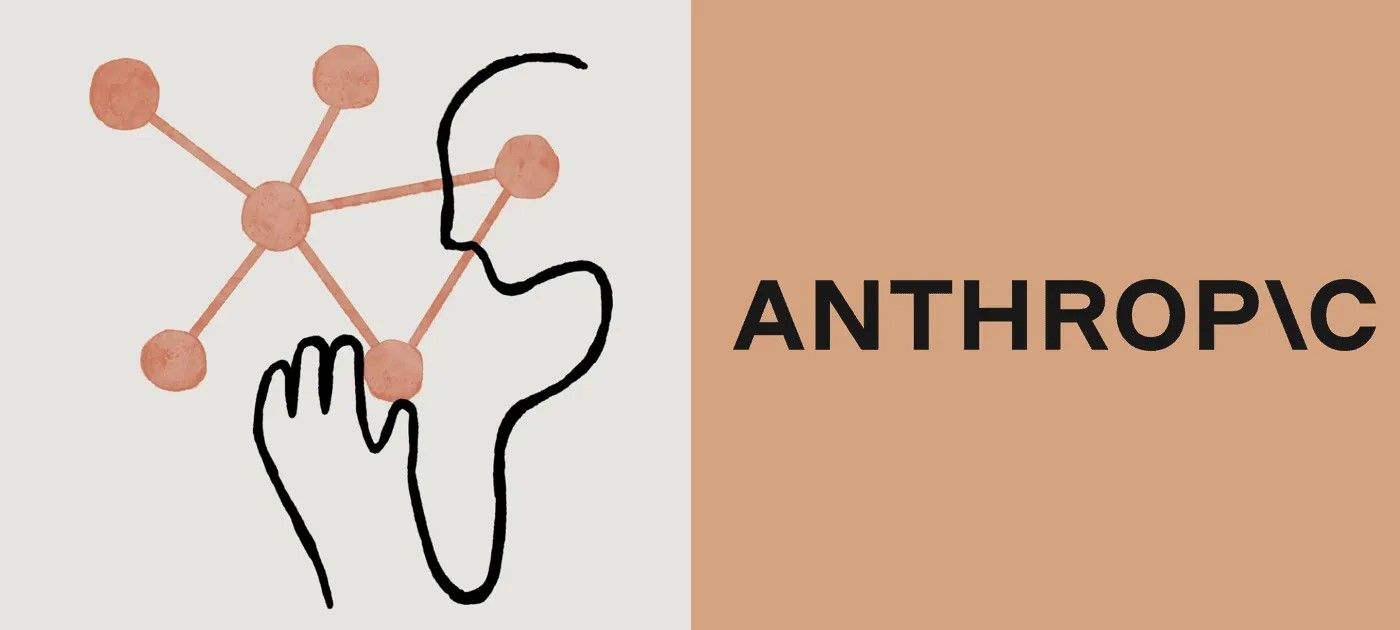Introduction
The Anthropic Economic Index provides a unique overview of how artificial intelligence, especially Claude, is impacting jobs and the global economy. The primary keyword "Anthropic Economic Index" is central to understanding how AI adoption is evolving across countries, states, and sectors.
Quick Definition
The Anthropic Economic Index is a tool that measures how and to what extent AI is used to automate and support work activities in various geographic and economic contexts.
Context
The report analyzes data from Claude.ai and Anthropic’s API, highlighting significant differences in AI adoption between countries, US states, and professional categories. The AUI (Anthropic AI Usage Index) allows comparison of AI use relative to the working population, showing that technologically advanced and high-income countries lead in adoption.
Geography and Adoption
In the US, Claude usage is influenced by local economic composition: for example, coding dominates in California, while finance prevails in New York. Globally, countries like Israel and Singapore exceed usage expectations thanks to knowledge-driven economies.
Direct Snippet
The report shows that AI adoption is highest in countries with greater income and advanced digital infrastructure.
Trends in Claude Use
Since December 2024, computer and mathematical activities account for about 40% of Claude interactions. However, usage in education (+40%) and physical/social sciences (+33%) is rising, while management and financial tasks are declining. AI is increasingly used for complex and diverse tasks.
Automation vs. Collaboration
The report distinguishes between automation (AI performing tasks with minimal supervision) and collaboration (AI supporting the user). In recent months, "directive" interactions have increased from 27% to 39%, indicating growing trust in AI. In high-use countries, collaboration prevails; in lower-use countries, automation is more common.
Impact on Businesses
API data shows that companies use Claude mainly for automation and coding, with 77% of interactions focused on automation. This could signal major changes in the labor market and productivity.
Conclusion
The Anthropic Economic Index highlights uneven AI adoption growth, with varying impacts on jobs and the economy. The rise of automation and growing trust in AI models suggest an ongoing transformation that will be crucial to monitor in the coming years.
FAQ
- What is the Anthropic Economic Index?
It’s a report measuring AI’s impact and adoption in work and the economy.
- How is AI used in different countries?
Collaboration prevails in wealthy countries, automation in less developed ones.
- Which sectors use Claude the most?
Software engineering, scientific research, translation, and tourism are key areas.
- What’s the difference between AI automation and collaboration?
Automation means less human oversight; collaboration involves user participation.
- How does the Anthropic Economic Index help businesses?
It provides useful data to understand trends and opportunities in AI adoption.
- What risks arise from AI automation?
Potential changes in the labor market and skill distribution.
- How can you access Anthropic Economic Index data?
Via the dedicated website with interactive visualizations and open datasets.
- What are the economic implications of AI according to the report?
AI can drive growth but may also increase divergence between advanced and developing economies.
